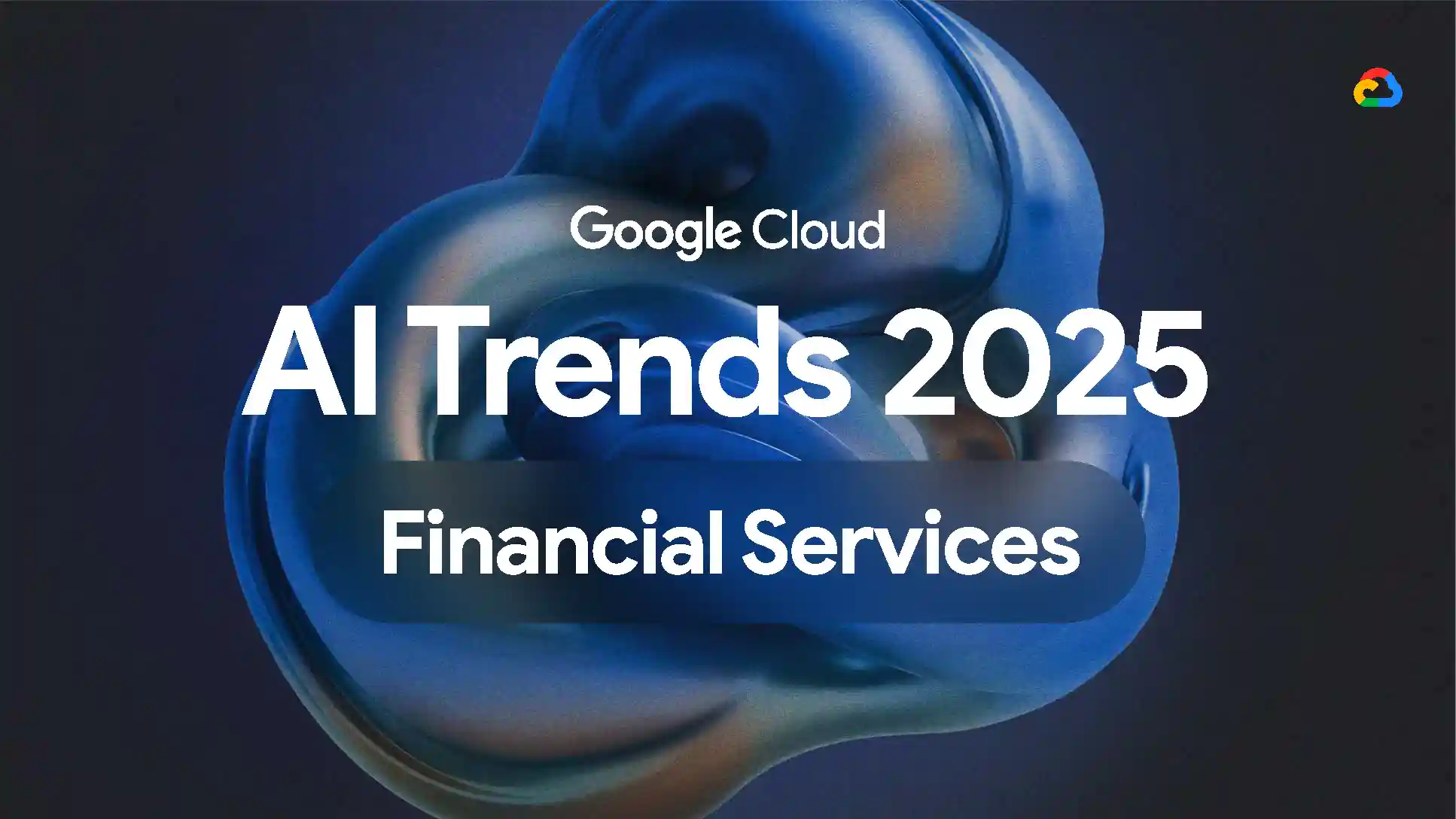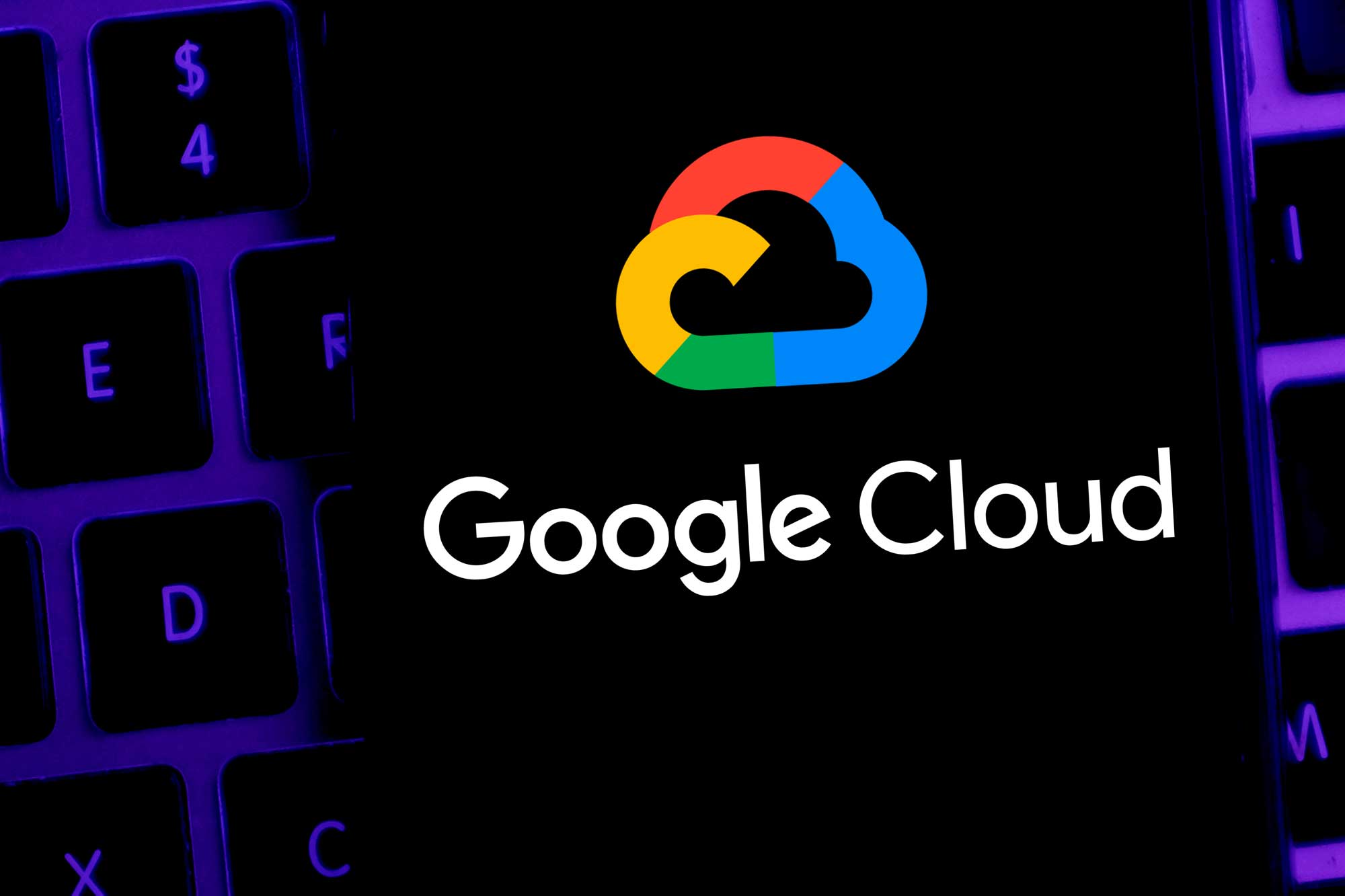In today’s data-driven landscape, the security of AI agents is essential. The potential for data breaches, where sensitive information is exposed due to inadequate safeguards, poses a significant risk. As enterprises increasingly deploy AI agents to enhance operational efficiency and extract valuable insights, robust access control mechanisms are essential. Establishing precise control over data access for authorized users and systems is foundational to safeguarding sensitive information. Moreover, compliance with stringent data privacy regulations, such as GDPR and HIPAA, necessitates the implementation of robust access control measures.
Role-based access control (RBAC) provides a structured framework for managing data access for both AI agents and end-users. By integrating RBAC with Google Cloud’s Vertex AI platform, organizations can implement granular access controls while maintaining scalability and operational agility.
Below I outline a simple approach to the implementation of RBAC with Vertex AI to develop secure and scalable AI solutions, focusing on:
- Agent-level RBAC: Controlling data access permissions for AI agents.
- End-user authentication and authorization: Ensuring secure data access for users interacting with AI agents.
- Dynamic content filtering: Restricting data exposure based on user roles.
The Necessity of Access Control for AI Agents
AI agents process substantial data volumes, including sensitive information such as financial records, customer profiles, and proprietary algorithms. Without appropriate access controls, these agents may inadvertently expose data or facilitate unauthorized access.
Effective security measures must address:
- AI Agents: Implementing stringent RBAC to prevent unnecessary data exposure.
- End Users: Enforcing authentication and authorization protocols to ensure appropriate data access.
Securing both layers is crucial for preventing data breaches and ensuring regulatory compliance.
Implementing RBAC for AI Agents on Vertex AI
Understanding RBAC
Role-based access control (RBAC) restricts system access based on assigned roles. For AI agents, RBAC ensures access to only the necessary data and systems, mitigating the risk of unnecessary exposure.
Implementing RBAC with Vertex AI
Google Cloud’s Identity and Access Management (IAM) provides the framework for implementing RBAC. IAM enables granular control over service and dataset access for AI agents, utilizing service accounts as agent identities.
Implementation Steps
Role and Access Policy Definition
Define necessary roles (e.g., ai_model_user, data_viewer, ai_model_deployer).
Establish access permissions for each role to minimize exposure.
- Example: ai_model_user: roles/aiplatform.user for model usage.
- Example: data_viewer: roles/storage.objectViewer for specific storage bucket access.
- Example: ai_model_deployer: roles/aiplatform.developer for model deployment.
Create custom roles for granular permission management.
Least Privilege Implementation with IAM Policies
- Assign only essential permissions to AI agents.
Example IAM Policy:
bindings:
- role: roles/storage.objectViewer
members:
- serviceAccount:ai-agent@project-id.iam.gserviceaccount.com
- role: roles/aiplatform.user
members:
- serviceAccount:ai-agent@project-id.iam.gserviceaccount.com
This policy restricts agent access to specific storage objects and Vertex AI endpoints.
Monitoring and Auditing
- Utilize Cloud Audit Logs for access and change tracking.
- Implement alerts for unauthorized access attempts.
- Integrate with SIEM solutions for centralized log management.
Role-Based Content Access Rules
To ensure authorized data access, organizations should:
- Define user roles (e.g., admin, manager, employee, external_user).
- Establish data access levels.
- Implement metadata tagging for content.
Dynamic Content Filtering
AI agents should dynamically filter content based on user roles.
Example: Dynamic Role Filtering in Python
def filter_content(user_role, content):
"""Filters content based on user role.
Args:
user_role: The role of the user requesting content.
content: A dictionary containing content with different access levels.
Returns:
The filtered content or an access denied message.
"""
try:
if user_role == "admin":
return content.get("detailed_view")
elif user_role in ["manager", "employee"]:
return content.get("summary_view")
else:
return "Access Denied: You do not have permission to view this content."
except AttributeError as e:
print(f"Error filtering content: {e}")
return "Error processing content."
Vertex AI Integration
Enforce RBAC rules during AI model predictions.
Example: Vertex AI Endpoint with Role-Based Filtering
from google.cloud import aiplatform
def get_prediction(endpoint, instance, user_role):
prediction = endpoint.predict([instance])
filtered_data = filter_content(user_role, prediction.predictions[0])
return filtered_data
Leverage Vertex AI’s Feature Store for feature and access management.
End-User Authentication and Authorization
Implement Identity Aware Proxy for secure endpoint access.
Example: Authentication in Python
from google.auth.transport.requests import Request
from google.oauth2 import id_token
import requests
ENDPOINT = "https://your-endpoint.run.app/predict"
CLIENT_ID = "your-client-id.apps.googleusercontent.com"
auth_request = Request()
id_token_value = id_token.fetch_id_token(auth_request, CLIENT_ID)
response = requests.post(
ENDPOINT,
headers={"Authorization": f"Bearer {id_token_value}"},
json={"data": "user_input"}
)
Preventing Internal Data Snooping
Implement measures to restrict internal data access.
- Data Masking: Utilize column-level security and dynamic data masking in BigQuery.
- Zero-Trust Architecture: Implement continuous verification with context-aware access.
- Audit Logs: Track all access attempts.
- Data Loss Prevention (DLP): Utilize DLP tools for compliance.
Real-World Applications
- Banking: Implement RBAC to control access to transaction logs and summaries.
- Healthcare: Implement RBAC to control access to patient data and treatment recommendations.
- eCommerce: Implement RBAC to ensure GDPR compliance and enable personalization.
Next Steps
Integrating RBAC with Vertex AI enables comprehensive security at every layer.
- Review Google Cloud IAM documentation.
- Explore Vertex AI security best practices.
- Implement RBAC in AI projects.








